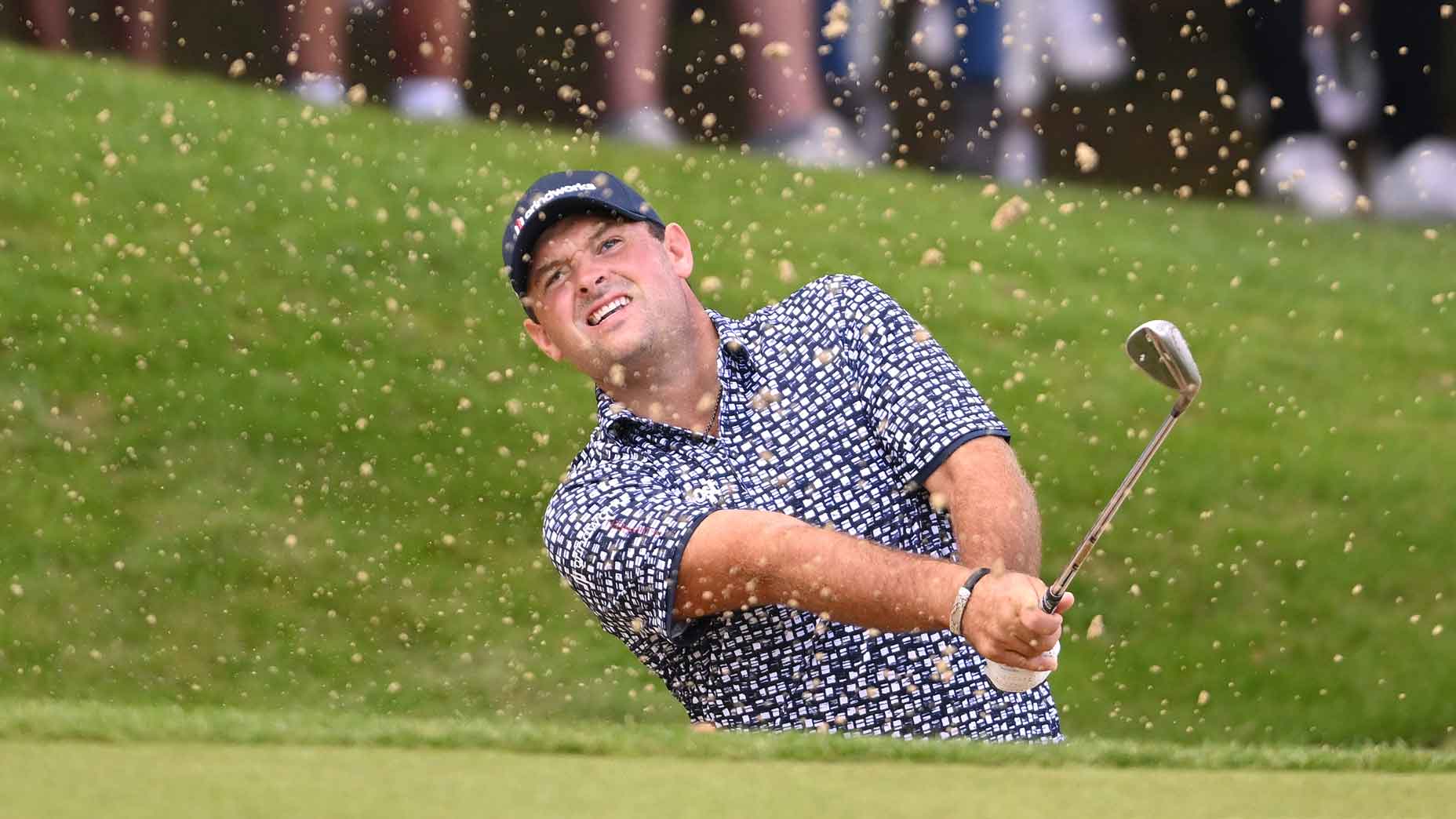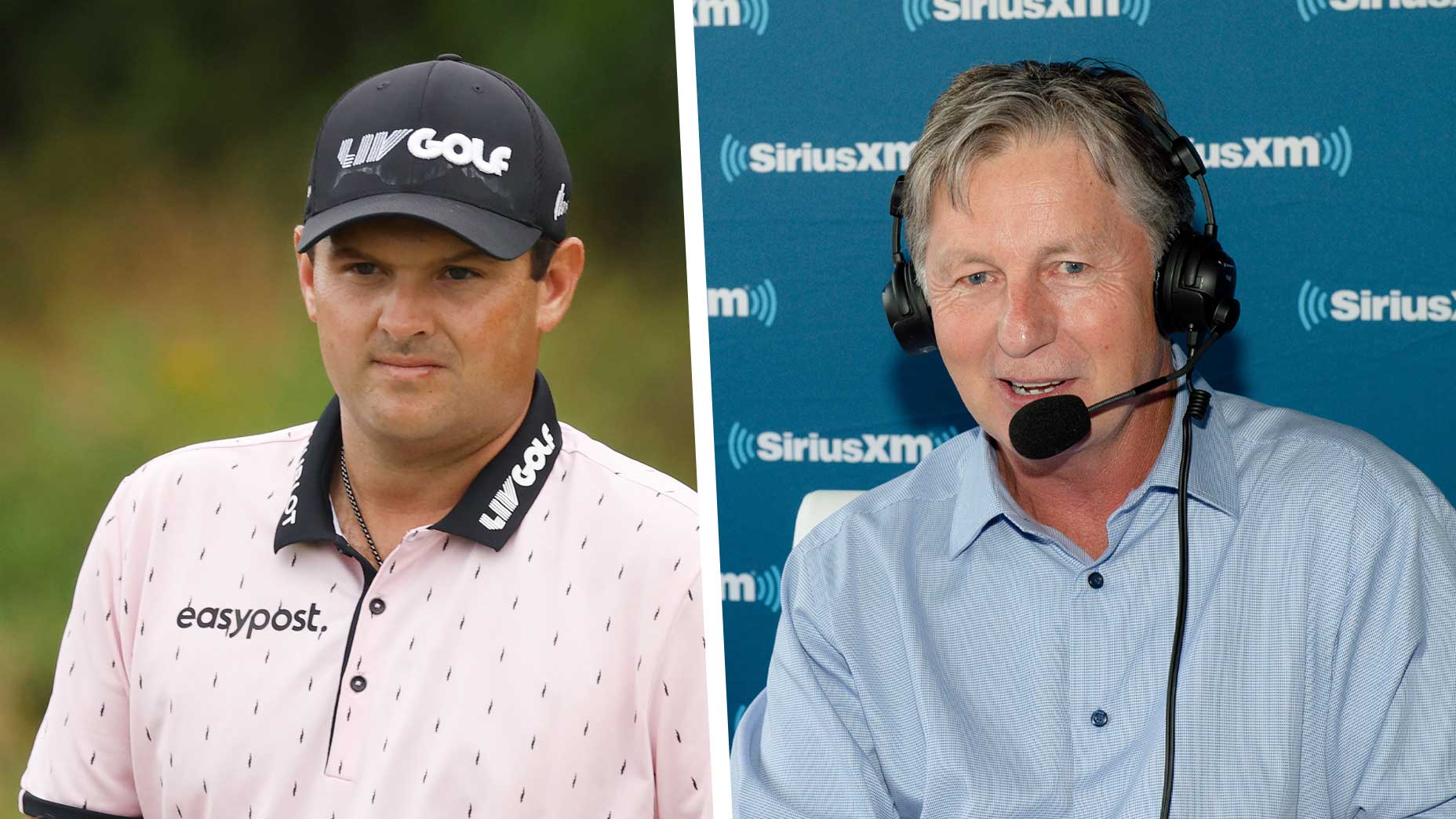Patrick Reed double-bogeyed the 5th hole at Winged Foot Golf Club. He was left with his drive, short with his approach and would eventually miss a 5-footer for bogey. Five holes into his U.S. Open first round, he was two over.
Two holes later, he was one under. What changed? Not Reed.
He said he loves hard courses. He said it “separates the guys that can use creativity and can handle adversity.” Captain America said he’s a “grinder.”
“A lot of scrappy — when you’re playing well and hitting the ball well, you’re going to shoot low numbers,” Reed said after his four-under 66, which left him one shot behind leader Justin Thomas. “It’s when you’re not. And I feel like I’m able to kind of scrappy — scrappy type of golf, able to kind of get it around and get the job done whenever things aren’t going my way.”
Captain A̶m̶e̶r̶i̶c̶a̶. Captain Ace!@PReedGolf with the first hole-in-one in the 120th #USOpen. pic.twitter.com/gV5dJZ6OrF
— U.S. Open (@usopengolf) September 17, 2020
He got it done on the 6th. Birdie, after nearly driving the 329-yard par-4 and then knocking a 32-yard pitch to about 6 feet.
He got it done on 7. Actually, he didn’t technically do much on the 165-yard par-3. He took one swing with his 9-iron. His ball took one bounce. And his hole was done. Ace.
“Of course I was excited about it, but really I knew from that point that, hey, you need to settle out, get ready for the next hole,” Reed said. “Around here at Winged Foot, every golf shot you have to take full — basically pay attention to because you hit one poor golf shot, a lot of things can happen out here.”
He played three under the rest of the way.
On the par-5 12th, he dropped a 10-footer for birdie. On the par-3 13th, he hit his approach to within 3 feet and made the 2. On the par-4 15th, he made a 9-footer for birdie. Then, after hitting his drive in the thick left rough on the par-4 17th hole, Reed was able to finesse a hybrid, his approach rolled to within about 30 feet, and he stayed bogey-free after his early double.
“Out there, you’re going to hit some quality golf shots that are either going to have a bad bounce, end bad up in a bad spot, or going to land on the green, catch a ridge, go down,” Reed said. “How do you react to that? And I feel I’ve always been very good forgetting what happened in the past, forgetting what happened on that one shot and move on and focus and what’s coming up.”
Jordan Spieth knows he’s lost, but he doesn’t know what to do about itBy: Dylan Dethier
Reed said he saw some of that, too, in Jordan Spieth, one of his playing partners.
Spieth started out bogey-double bogey. He then birdied his next three holes. On the back nine, Spieth bogeyed the 10th and double-bogeyed the 12th. He then birdied the 15th. Reed said Spieth’s “still going to grind.”
“He’s still going to figure out a way to get the job done and get a score out of it,” he said. “I mean, he went out there and kind of that start and with how it was kind of looking early on and then rally off three birdies in a row. He always stays in it. He allows his putter to do the work; he’s able to get up and down.
“I think that’s what you see in all the great golfers out here and the top players in the world — is even when they don’t have their ‘A’ game off the tee or on their iron shots, they’re able to get the job done and figure out a way to get a score out of it.”










